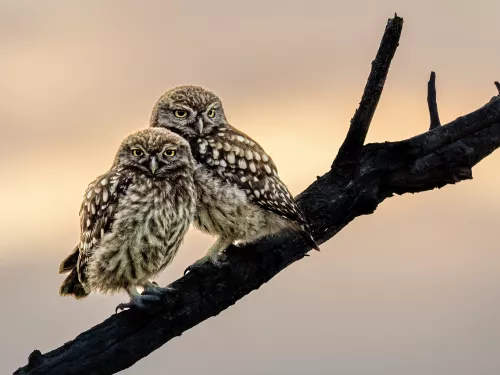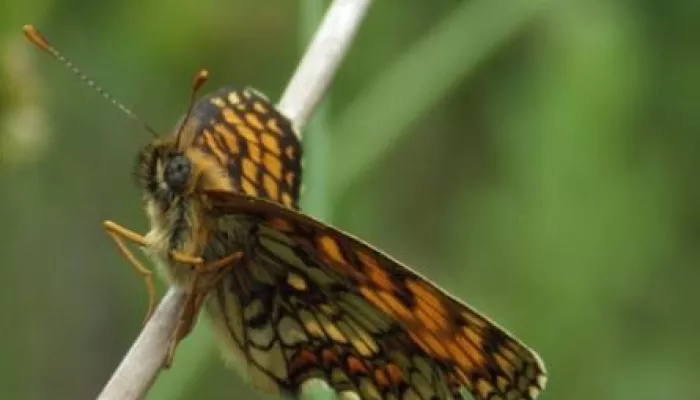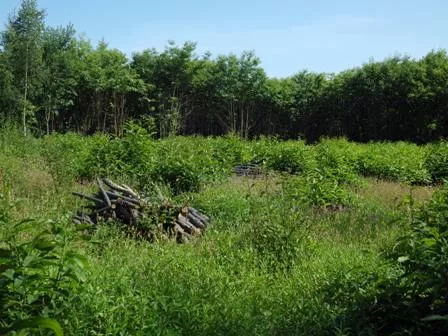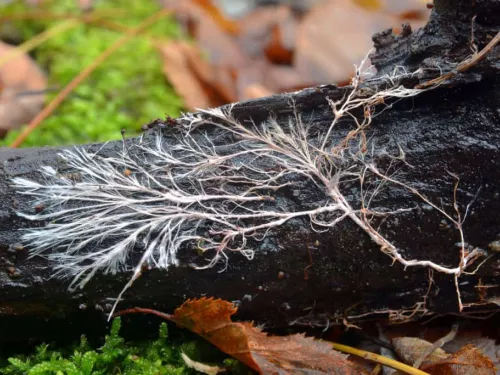
If you go down to the woods today – 9 surprising animals to look out for amongst the Kentish trees
Volunteer Matt Huggins explores some of the lesser-known but still fascinating animals that grace our woodlands.


Under the UKBMS, butterflies are counted weekly by walking a set route or transect while recording the numbers of each species seen in a “bubble” that extends to the sides and in front of the recorder. The recording season starts on the first of April and finishes at the end of September, continuing for longer if butterflies are still flying. Weather conditions must meet minimum criteria for a count to be valid. Much of the recording is done by volunteers so it is frustrating to encounter cold temperatures or rain at the weekend after fine weather throughout the working week!

Carrying out a butterfly transect each week provides a wonderful opportunity to follow the fate of these beautiful insects throughout their flight period. Over time you can see first-hand how their numbers are changing in a particular place. It also lets you get to know an area especially well, following the fortunes not only of butterflies but of other wildlife too. On our Cole Wood transect on the Blean near Canterbury we have seen this year how coppicing sweet chestnut has allowed butterfly numbers to skyrocket with sightings including Brimstone, Green Hairstreak and Painted Lady in the Spring and White Admiral this Summer.
Continued management by Kent Wildlife Trust and other organisations is also vital for the rare Heath Fritillary on the Blean. Regular coppicing is required to maintain cow wheat, the butterfly’s larval food plant. Pleasingly, numbers of Heath Fritillary have been higher on our transects this year than last. Counts on our West Blean West transect are higher than in Cole Wood, but with the recent coppicing in Cole Wood we hope that numbers will increase in this area next year.
While carrying out a weekly transect is a big commitment, anyone with 15 minutes to spare can become involved in the Big Butterfly Count underway now until August 9th. See www.bigbutterflycount.org

Volunteer Matt Huggins explores some of the lesser-known but still fascinating animals that grace our woodlands.

Volunteer Matt Huggins explores the underground secrets of mycorrhizal networks and how they help trees to communicate with one another.

You hear “shark”, you think Jaws. Sadly, this is true for many of us… but then who hasn’t been slightly traumatised by Steven Spielberg’s enduring epic?